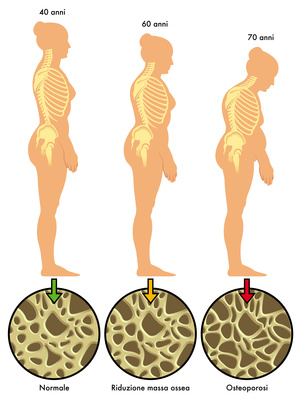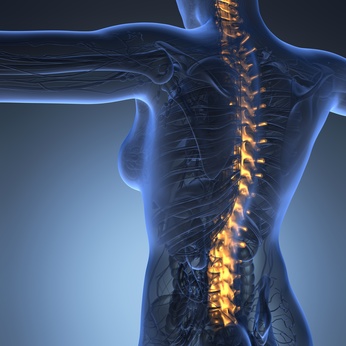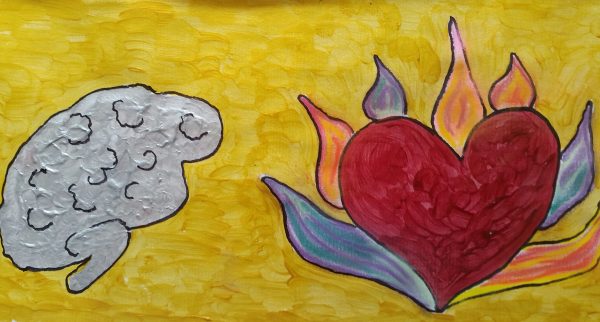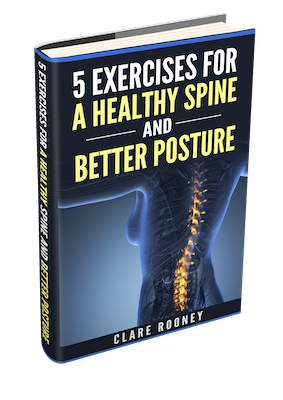Osteoporosis: The Silent Killer (Part 2)

Osteoporosis: The Silent Killer (Part 1)
January 12, 2016
Inflammation Nation: Part I
January 12, 2016So you have just been diagnosed with Osteopenia or Osteoporosis or you wish to reduce your risk.
What is the solution?
Like every other disease process there is no singular cause and no singular cure. A multi-faceted approach is needed.
Make sure you are getting adequate vitamins and minerals needed for bone formation. At a minimum get your vitamin D levels, Magnesium and Zinc status checked.
Make sure you are eating enough fats as this is essential to absorb vitamin D and Vitamin K.
Take steps to reduce inflammation (see my blogs on this topic here: INFLAMMATION NATION (I) and here INFLAMMATION NATION (II)
Reduce the formation of AGEs (see inflammation section) and make sure your blood sugar is regulated by eating a macronutrient ratio suitable to your metabolic type.
Make sure you are getting a wide range of anti-oxidants in your diet to offset oxidative stress. This can be achieved by eating a wide range of different coloured fruits and vegetables.
Get your hormones tested: testosterone, the various oestrogens and SHBG to assess your risk. Many labs now do Osteoporosis risk assessment profiles. Ask your health care provider about these.
Learn how to weight train correctly and intensely as this type of training is best for increasing bone density.
Pilates training can be very useful to gain better balance and stability essential to reduce risk of falls. I can’t count the number of clients who have told me that Pilates training literally saved their asses from potential serious falls due to much improved balance.
Persons with Osteopenia (a precursor to Osteoporosis) and Osteoporosis need to avoid flexion exercises. One study showed an 89% increase in compression fractures during flexion movements. This includes lateral or side bending flexion. Flexion with rotation is also contraindicated. Exercises can be done with a neutral spine.
Extension exercises are also favourable as persons with stronger back extensors have fewer vertebral fractures and better bone density.
If in doubt pick up a Pilates DVD that’s specifically geared towards osteoporosis suffers. Alternatively get one to one training with a fitness professional who has experience with this issue.
With any of my clients who have come to me with existing osteopenia or osteoporosis I have used a combination of Pilates, weight training, nutrition, stress reduction and supplementation. In most cases the bone density went up and at a minimum it did not deteriorate if the client was compliant to the guidelines. Regular bone density scans are essential to keep track of the disease and to see if your interventions are working.
On the energetic level your bones represent that which supports you, standing in your power, standing up for yourself and trusting that the Universe and the process of life itself has your back. Women have traditionally been the nurturers and support givers to others and because of this they may find it difficult to receive support.
This is also affecting men. They too are feeling the stresses and strains of modern living and may also feel unsupported. Also men find it even more difficult to reach out for help if they require it.
The ideal scenario leads one to be able to stand on one’s own two feet and at the same time be willing to ask for help when required. It’s like the delicate balance of bone building and bone dissolving itself. Too much of one, and not enough of the other, leads to bone loss. If you try to do everything yourself or you abdicate responsibility and try to get others to do everything for you a lack of equilibrium arises and this lack of equilibrium can show up in your body as bone loss.





